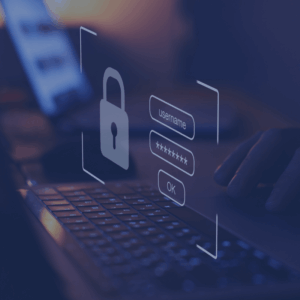Over the past decade, ransomware attacks have proven to be one of the most pervasive and devastating threats to businesses , governments, and critical infrastructure.
These attacks do more than simply encrypt data and demand ransom: they often paralyze entire economic sectors, force governments to declare states of emergency, and bring hospitals and businesses to their knees, with impacts measured not only in billions of dollars but also in human lives and a loss of trust.
Analyzing the most significant cases helps us understand how much ransomware has evolved: from rudimentary malware spread indiscriminately to sophisticated tools used by criminal groups and, in some cases, state actors. Each episode tells a different story, but with the same underlying theme: a system’s vulnerability translates into damage that transcends digital boundaries to impact the economy and society.
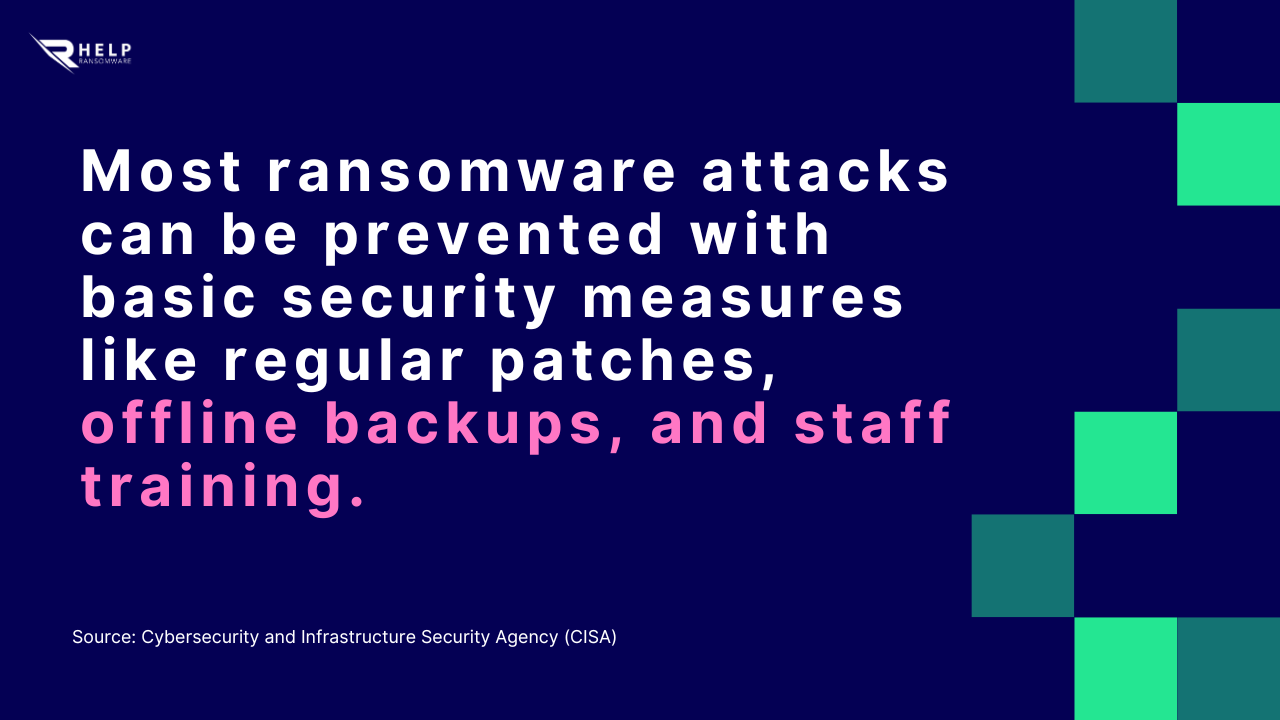
WannaCry: The attack that stopped hospitals and businesses around the world
It was May 2017 when the WannaCry ransomware began spreading at an unprecedented rate. It exploited a Windows vulnerability known as EternalBlue , developed by the NSA and then leaked and published by a group of hackers. Within hours, over 200,000 devices in more than 150 countries were compromised.
The most dramatic impact was felt in the United Kingdom: the national health system , the NHS, was forced to cancel appointments and surgeries, directly impacting patients. Other large companies, such as Telefónica in Spain and FedEx in the United States, suffered service disruptions.
The lesson of WannaCry remains relevant: the security patch had been available for months, but many organizations hadn’t applied it. The lack of updates turned a technical vulnerability into a global crisis.
Ryuk (2018–2021): Hospitals and public services under pressure
In the years that followed, Ryuk became synonymous with targeted attacks on hospitals, local authorities, and schools. In France, Rouen Hospital was forced to suspend much of its activities; in the United States, several health centers were forced to divert patients to other facilities.
Ryuk’s defining characteristic was its selectivity: it didn’t strike indiscriminately, but sought out targets willing to pay high ransoms . It was often spread through networks compromised by malware like TrickBot, which paved the way for actual ransomware.
These incidents have demonstrated how ransomware can become a direct threat to the continuity of healthcare services, where a delayed operation or the unavailability of medical records can put patients’ lives at risk.
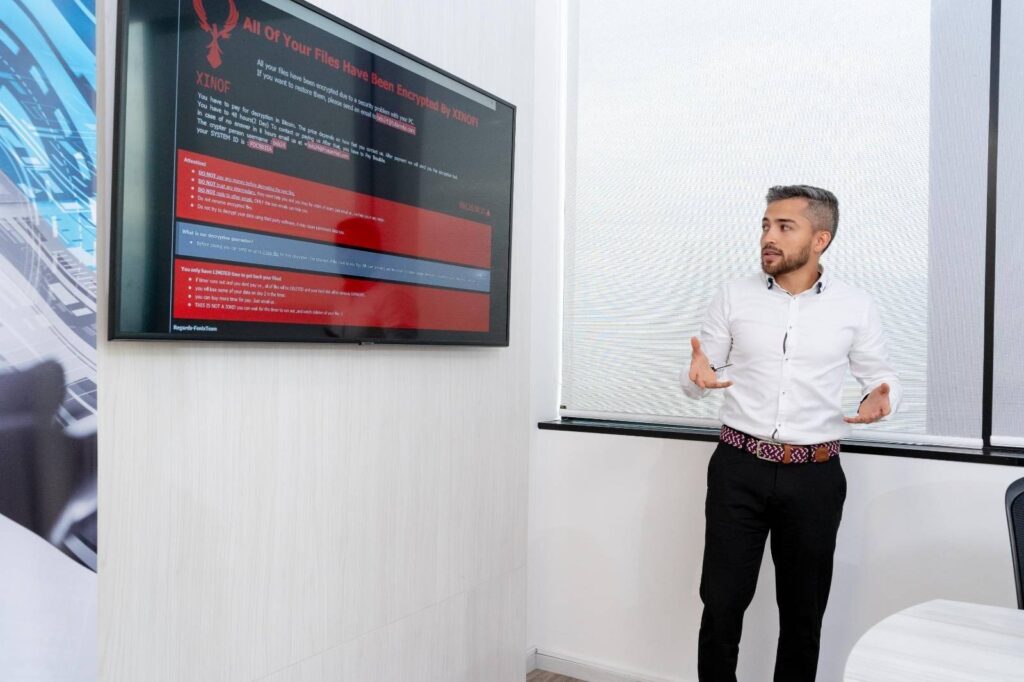
Immediate Ransomware Help
Don’t let ransomware hold your business hostage. Our experts are ready to recover your data and secure your systems.
Colonial Pipeline (2021): When the Fuel Ran Out in the United States
2021 was marked by the attack on Colonial Pipeline, the largest fuel distribution infrastructure on the East Coast of the United States. The criminal group DarkSide managed to block the company’s systems, forcing the suspension of operations.
Within days, millions of citizens found themselves facing fuel shortages at gas stations. The government declared a state of emergency, and the case made headlines around the world. Colonial Pipeline decided to pay a ransom of approximately $4.4 million in Bitcoin, part of which was later recovered by the FBI.
This episode demonstrated how ransomware is not just a risk for private companies, but a national security issue , with immediate effects on people’s daily lives.
Kaseya (2021): The Domino Effect on the Supply Chain
That same year, another attack demonstrated the dangers of ransomware in the supply chain. The REvil group exploited a vulnerability in the Kaseya VSA platform, used by IT vendors to manage the systems of thousands of small and medium-sized businesses.
In a single attack, over 1,000 businesses worldwide were indirectly affected: supermarkets were forced to close in Sweden, services were interrupted in several countries, and customers were left without technical support. The ransom demanded was $70 million, one of the highest ever recorded.
The Kaseya attack demonstrated that ransomware groups target not only giants, but also key nodes that connect hundreds or thousands of companies.
Costa Rica (2022): an entire state under blackmail
In 2022, the Conti Group led an entire nation to declare a state of emergency. Costa Rican government ministries, customs, and tax services were paralyzed. The consequences were immediate: the inability to process customs procedures, delays in tax collection, and the blocking of numerous public services.
The president was forced to declare a national emergency, a first in the history of ransomware. This episode marked the transition from attacks on individual companies to full-blown offensives with geopolitical impact.
MOVEit (2023): Double extortion on a global scale
In 2023, the Cl0p group exploited a vulnerability in the MOVEit file transfer software. Thousands of organizations were compromised, including universities, international companies, and media outlets like the BBC.
Unlike traditional ransomware, MOVEit didn’t just encrypt data: it exfiltrated it and threatened to publish it. It was one of the attacks that marked the evolution towards so-called “double extortion,” where backups are no longer sufficient for protection.
The MOVEit case confirms that the new frontier of ransomware is the theft and dissemination of sensitive data, with reputational and legal impacts often greater than the technical damage.
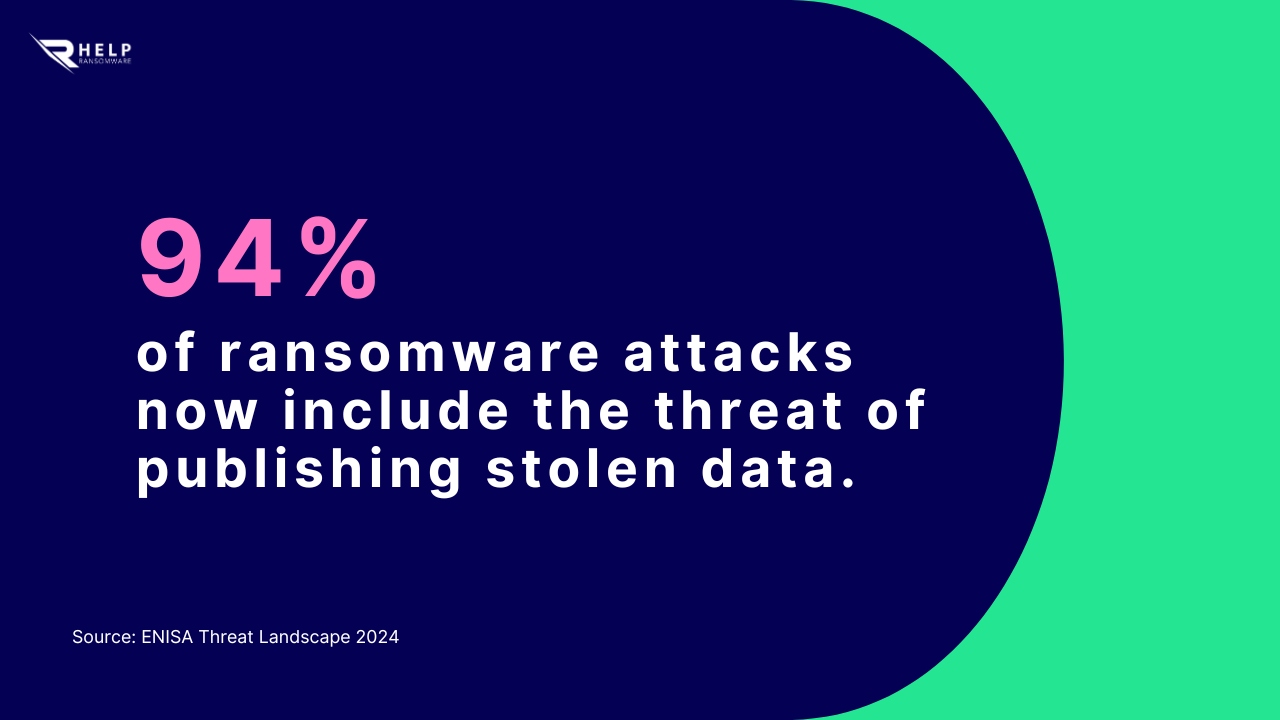
Lessons learned from the most serious attacks
These incidents clearly demonstrate that ransomware is not a uniform threat, but a constantly evolving phenomenon. It affects diverse sectors—from healthcare to energy, from logistics to government—and its methods of action vary, from the indiscriminate encryption of its early years to sophisticated data exfiltration strategies.
The most important lesson is that prevention and preparation are not optional. Every organization, regardless of size, must have security plans , ongoing updates , secure backups, and an aware internal culture.
How HelpRansomware can help
The cases analyzed demonstrate how a ransomware attack can disrupt operations and compromise an organization’s reputation. To address these threats, HelpRansomware offers comprehensive support through targeted services:
- Ransomware Decryption : intervention to decrypt affected files and allow data recovery without paying ransoms.
- Guaranteed Data Recovery : Professional data recovery solutions to bring critical information back to life.
- Ransomware Consulting : Technical and strategic analysis to assess vulnerabilities and strengthen security posture.
- Incident Response Planning : definition of operational plans to react promptly in the event of an attack.
- Cyber Training : training courses in collaboration with CybergymIEC to increase awareness of company teams.
- Data Breach Protection : prevention and support in managing data leaks, including regulatory and reputational issues.
Thanks to this integrated approach, HelpRansomware supports companies not only in technical recovery but also in building lasting resilience against future threats.
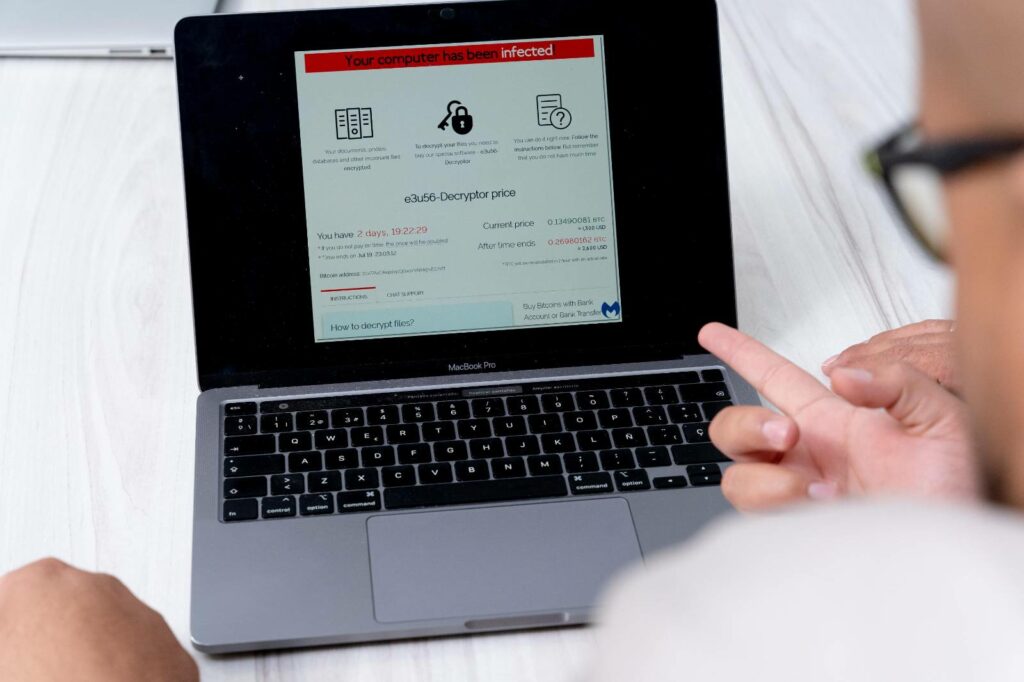
Immediate Ransomware Help
Don’t let ransomware hold your business hostage. Our experts are ready to recover your data and secure your systems.
Conclusion
The ransomware attacks described are not isolated cases or exceptional events: they are episodes that have marked the recent history of cybersecurity and demonstrate the ability of these threats to paralyze entire sectors.
From healthcare to transportation, from multinationals to governments, no one is immune. Lessons like those of WannaCry, NotPetya, and Colonial Pipeline show that even a single weak point can have global repercussions.
The difference between those who suffer irreparable damage and those who manage to overcome a crisis lies in preparation. Cyber resilience, a security culture, and incident preparedness must be an integral part of corporate governance.
HelpRansomware acts as a partner on this journey, providing tools, expertise, and concrete support to protect not only your data, but also your reputation and business continuity.
Frequently Asked Questions (F.A.Q.)
No. Small and medium-sized businesses are also frequent targets, often through supply chain attacks.
There’s no such thing as zero risk, but measures like MFA, secure backups, and monitoring dramatically reduce the likelihood of compromise.
Healthcare, logistics, energy, and public administration are among the hardest hit, but no sector is immune.
Isolate the affected systems, activate an incident response plan, and contact qualified experts. HelpRansomware offers immediate support in these situations.

